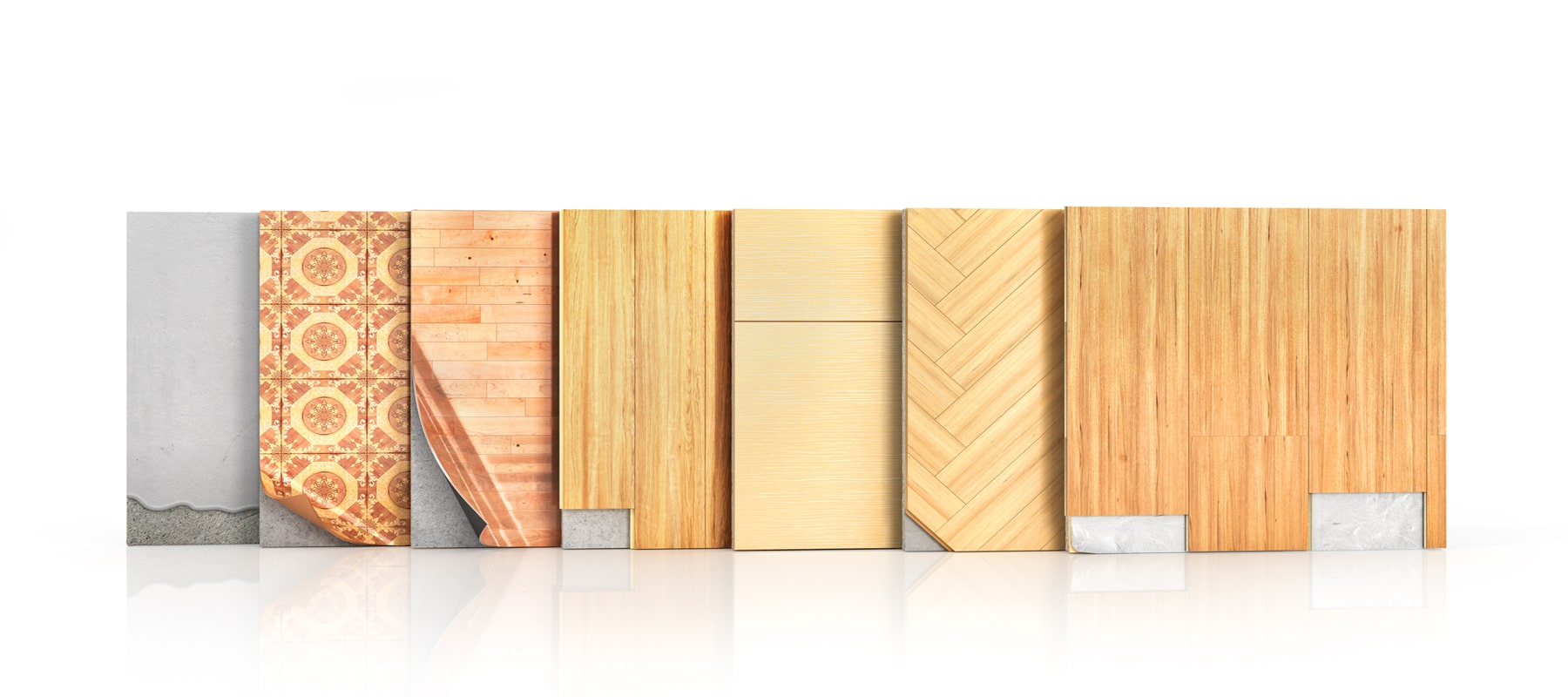Prefinished vs Unfinished Hardwood Flooring
Last Updated: January 14, 2022
On This Page
Comparison of Prefinished and Unfinished Hardwood #
Unfinished hardwood flooring comes from the factory without being sanded, stained, or sealed. It is essentially bare wood. Prefinished wood, on the other hand, is sold with a factory finish already applied. Although in the end pricing works out to be more or less the same for each product, there are pros and cons that should be considered before choosing one for your flooring project.
Hardwood Finishing: The Basics #
The wood floors that your family will be walking on every day need some sort of finish. Even if you buy unfinished flooring, leaving it in a raw state is out of the question. Only finished wood has the protection it needs to stand up to the traffic and abuse that most floors endure.
The products that provide this protection are sealant, stain, and polyurethane. If you like the natural color of the wood, a clear sealant can be applied. To change the color of the wood, use a stain. In either case, a topcoat of urethane product, which dries to a hard finish, also needs to be included.
Prefinished Floors #
When you buy hardwood that is prefinished, all the protection the wood needs is already applied. The floors can be installed and walked on the same day. Other benefits of prefinished flooring are explained below.
- Factory-finished planks tend to have a more durable surface because they receive multiple protective coats that are uniformly applied and baked on by machinery.
- Any problems with the new flooring should be covered by the manufacturer.
- Installing prefinished floors is as simple as nailing them down. There is no dust (from sanding) or odors (from finishing products), and your family won't be displaced during this messy process.
Unfinished Floors #
Hardwood flooring that is finished on-site has its advantages as well, including the following:
- It's easier to match unfinished floors to hardwood already installed in your home and/or your interior décor. Not only does unfinished flooring offers a broader range of product choices (light woods, dark woods, imported and exotic species, clear grade or one with more knotholes, etc.), but you can also stain the wood any color and apply a customized finish (gloss, semi-gloss, or satin) as well as other customized elements (such as borders and inlays).
- Sanding and finishing at the time of installation helps to ensure greater uniformity among the flooring planks.
- Unfinished hardwood typically costs a bit less than hardwood finished in the factory.
Unfinished Hardwood vs. Prefinished Hardwood Costs #
While it's true that the initial cost of prefinished hardwood is somewhat higher than unfinished hardwood, when all is said and done (or rather sanded and finished), the pricing difference is more or less a wash. In some cases, once you pay $2 to $4 per square foot for hardwood finishing, the unfinished product might even end up costing more than a comparable prefinished option.
This assumes, of course, that you hire a professional for hardwood finishing. If you're willing and able to do the work yourself, that's where the savings of unfinished wood really comes into play. Just remember that there will still be material costs (stain, sealant, urethane, brushes and rollers, sanders) and your house will resemble a construction site while the work is being performed.
If there is any doubt in your mind about whether finished or unfinished hardwood is right for your project, speak to a professional. Somebody with years of experience in the flooring business will be able to clear up any concerns you might have and point you in the right direction. While you're at it, ask him or her to bring over some flooring samples so you can see how different products will look in certain rooms.
